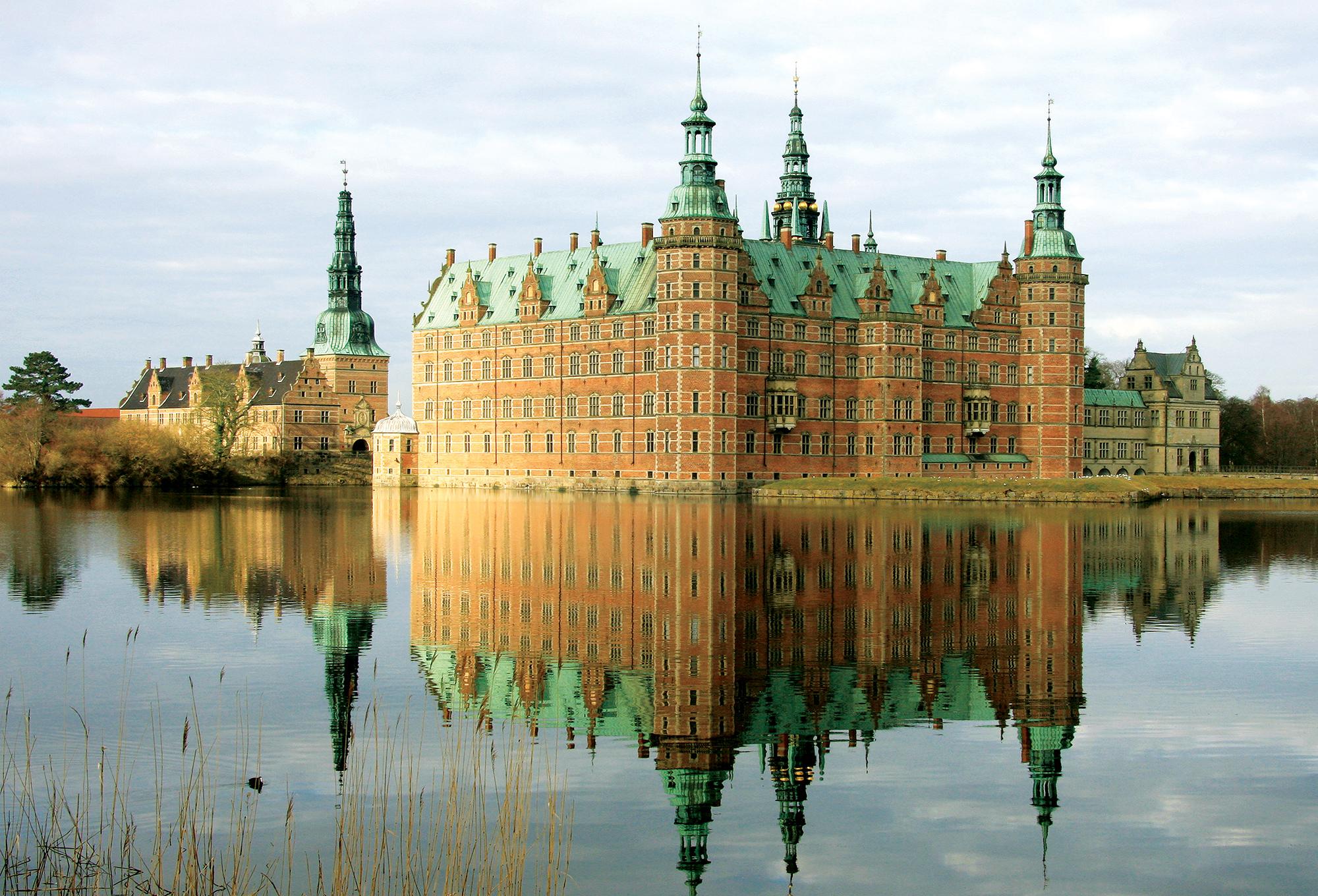
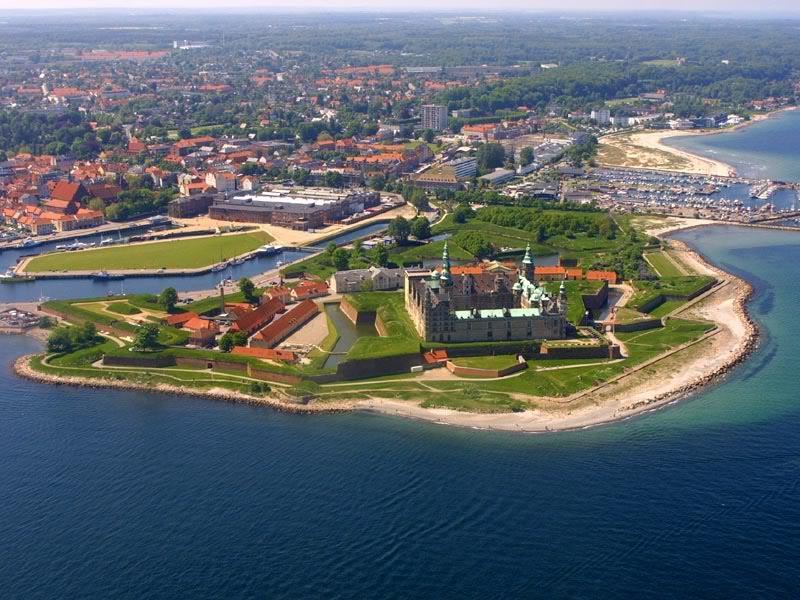
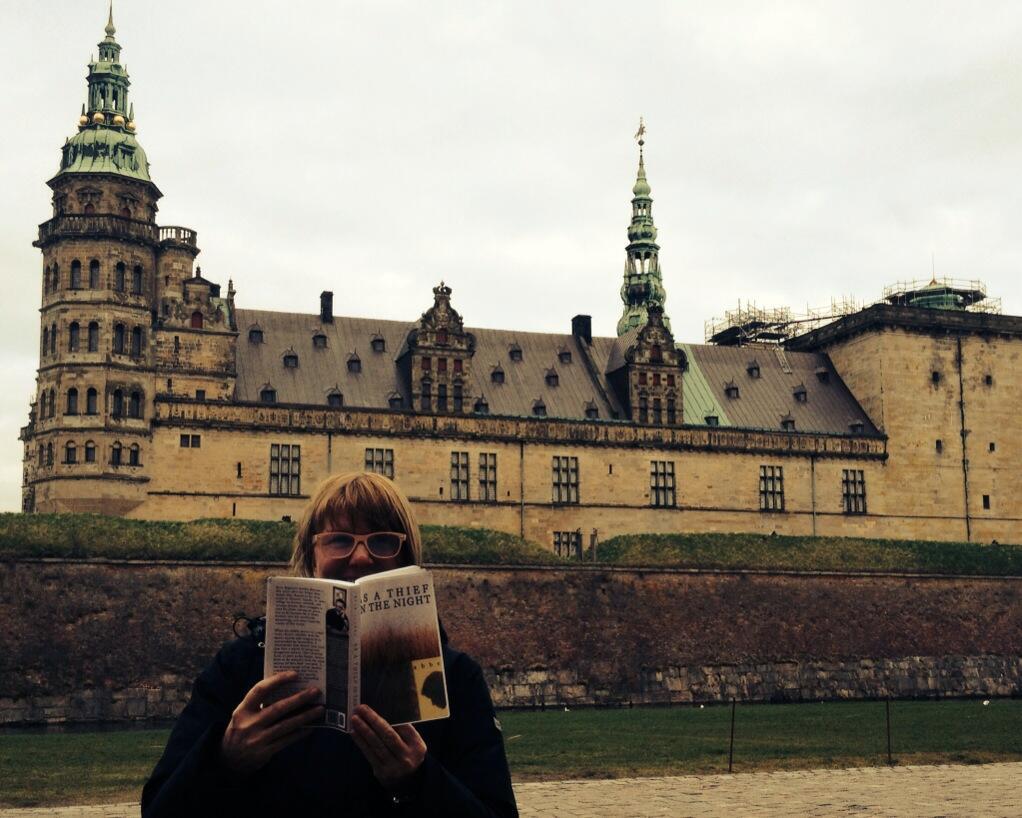
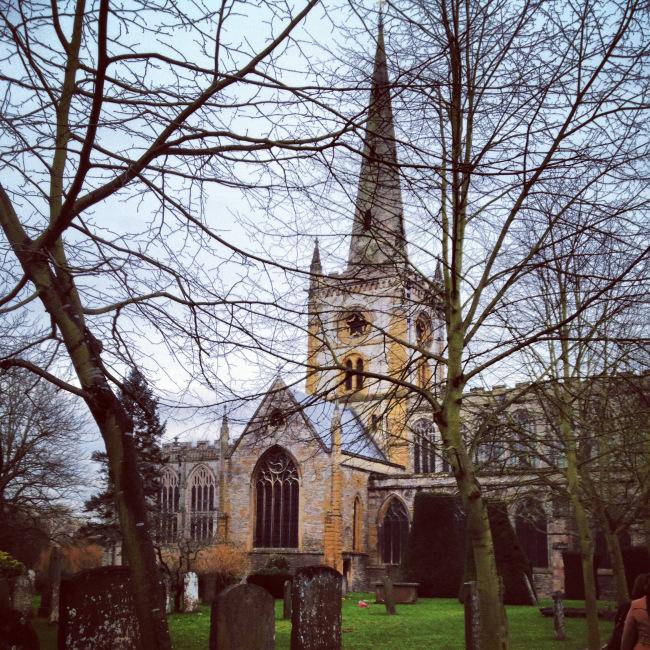
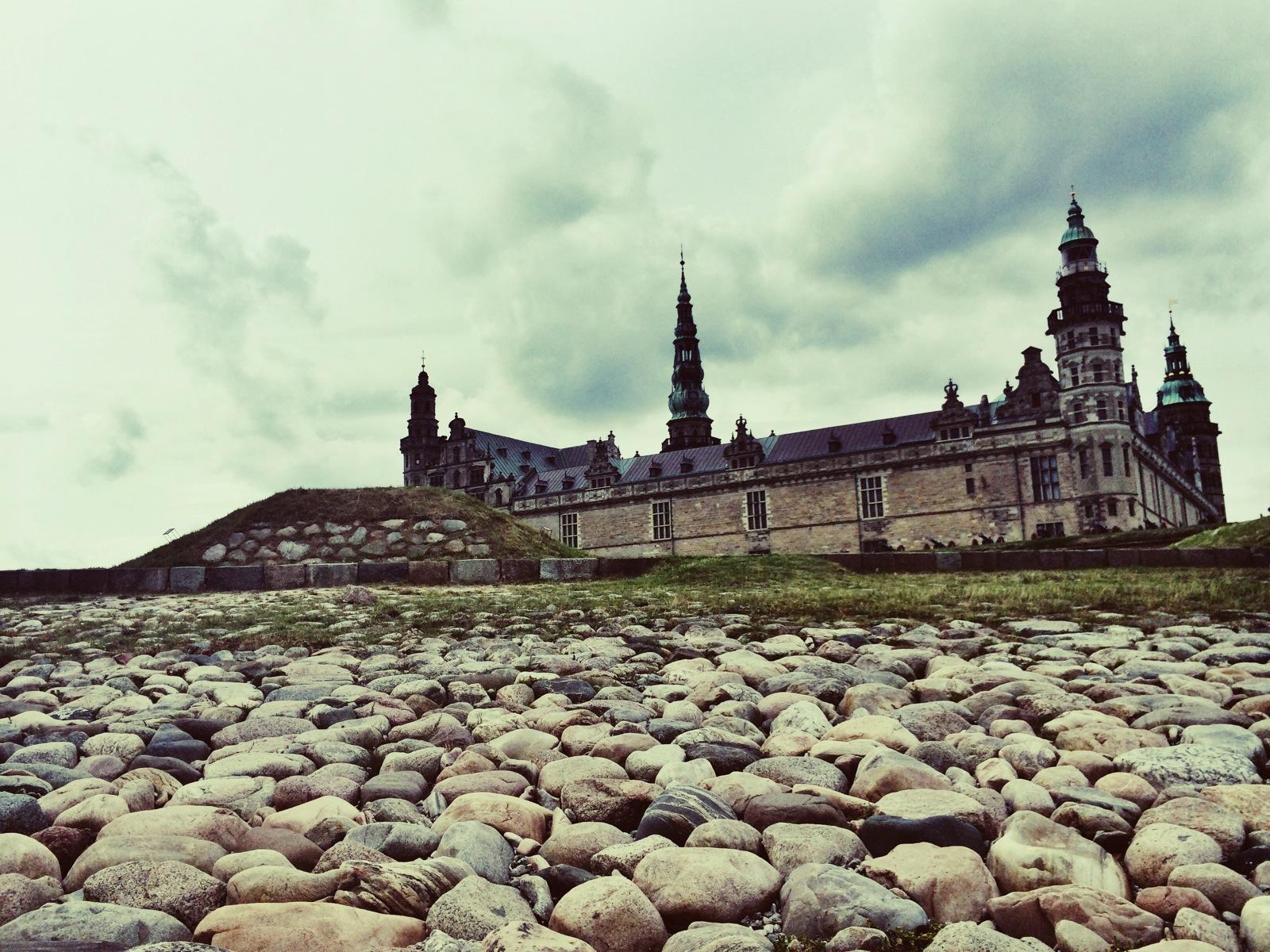
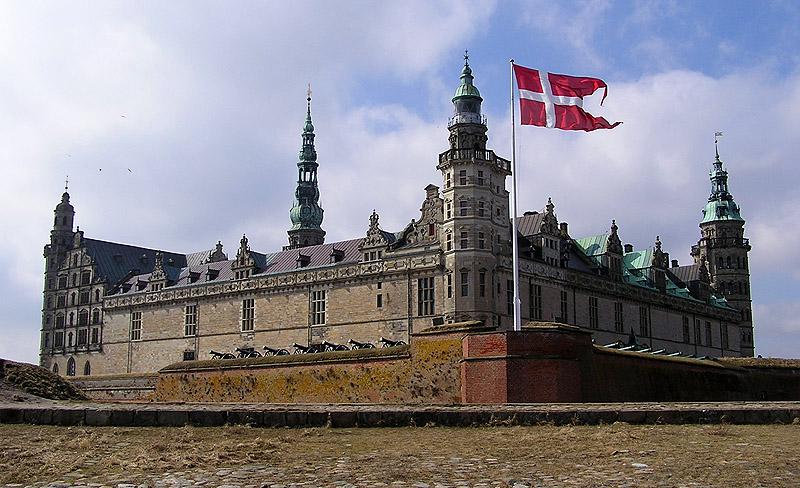
.jpg)
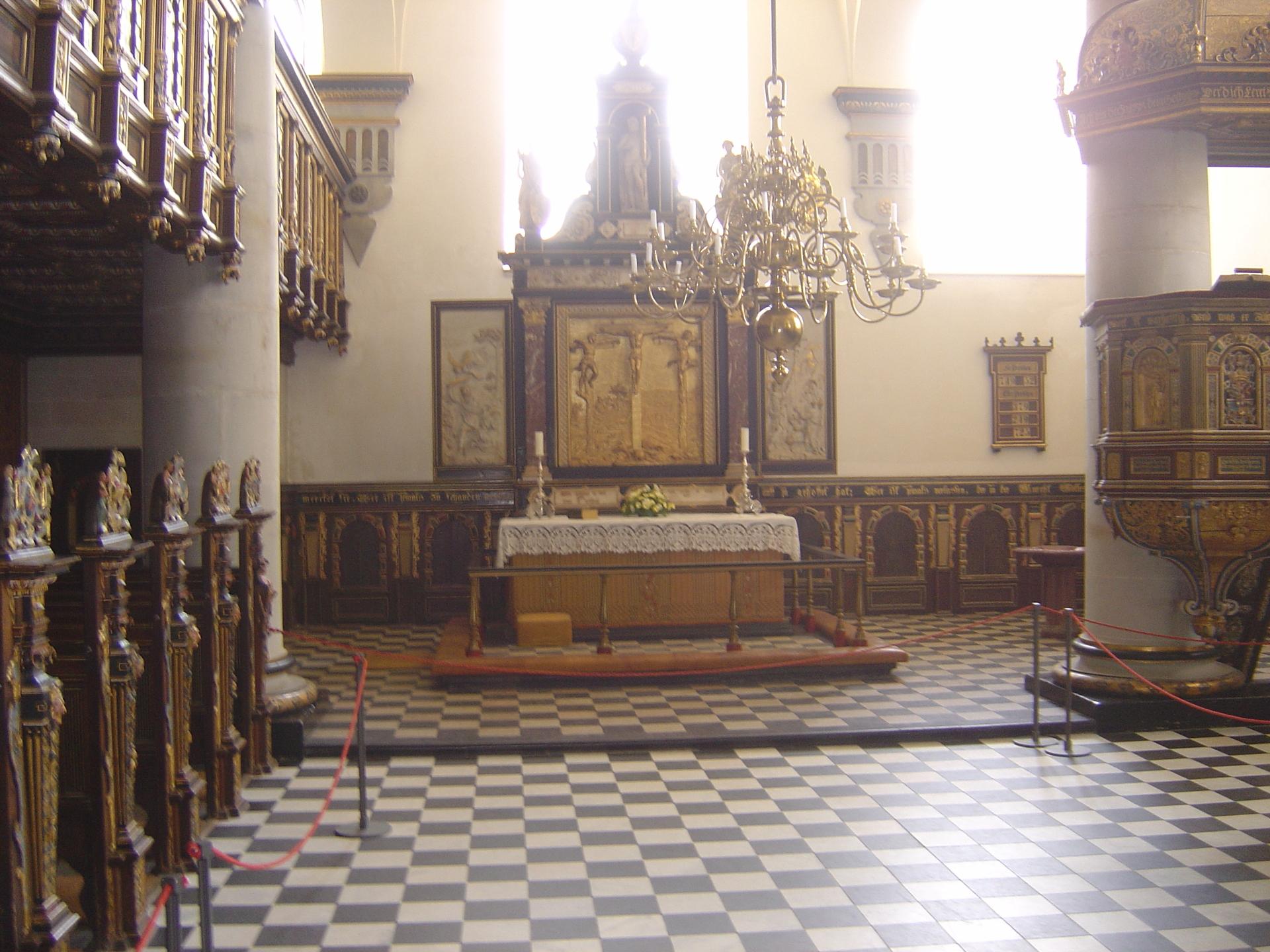
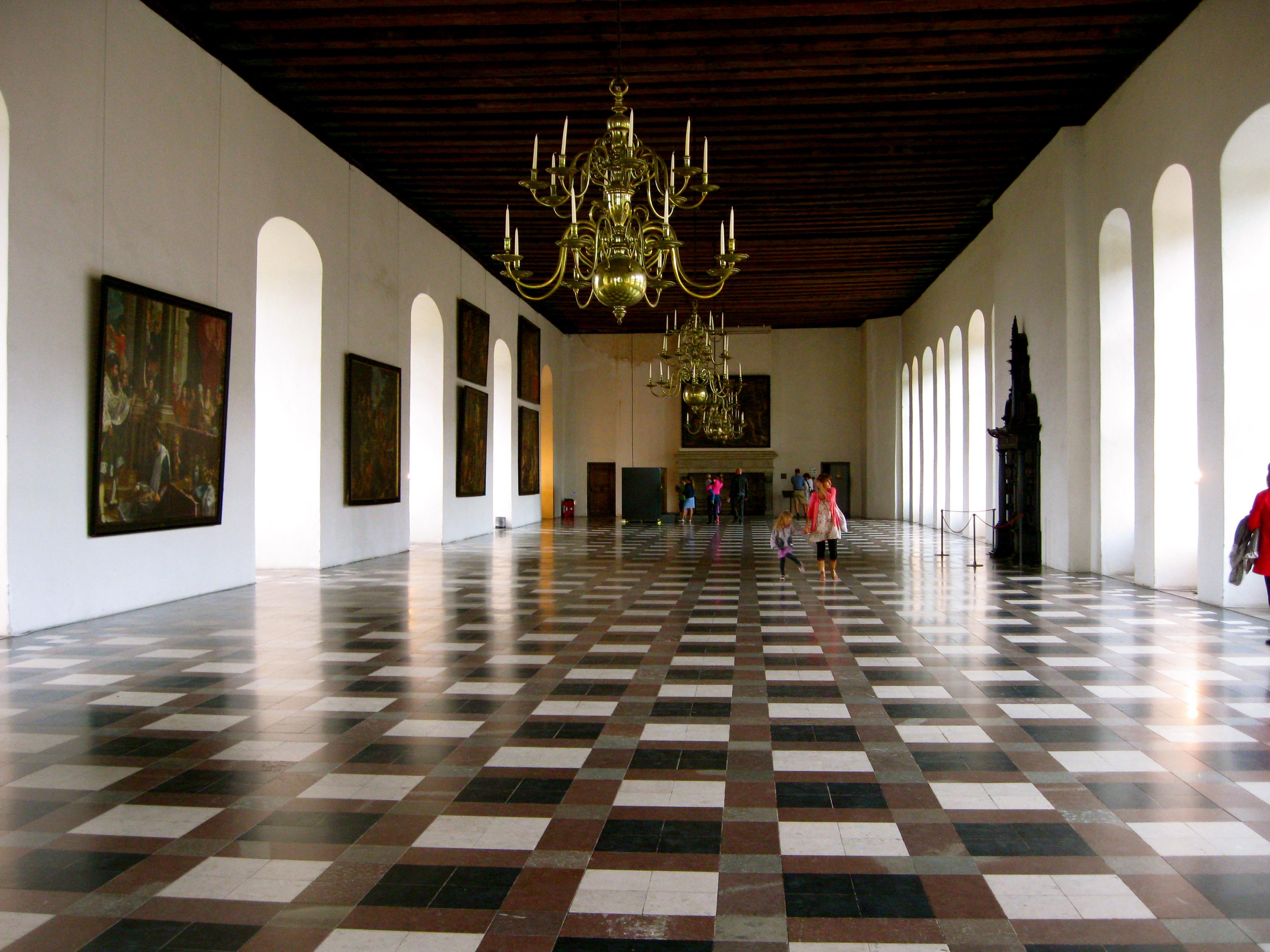
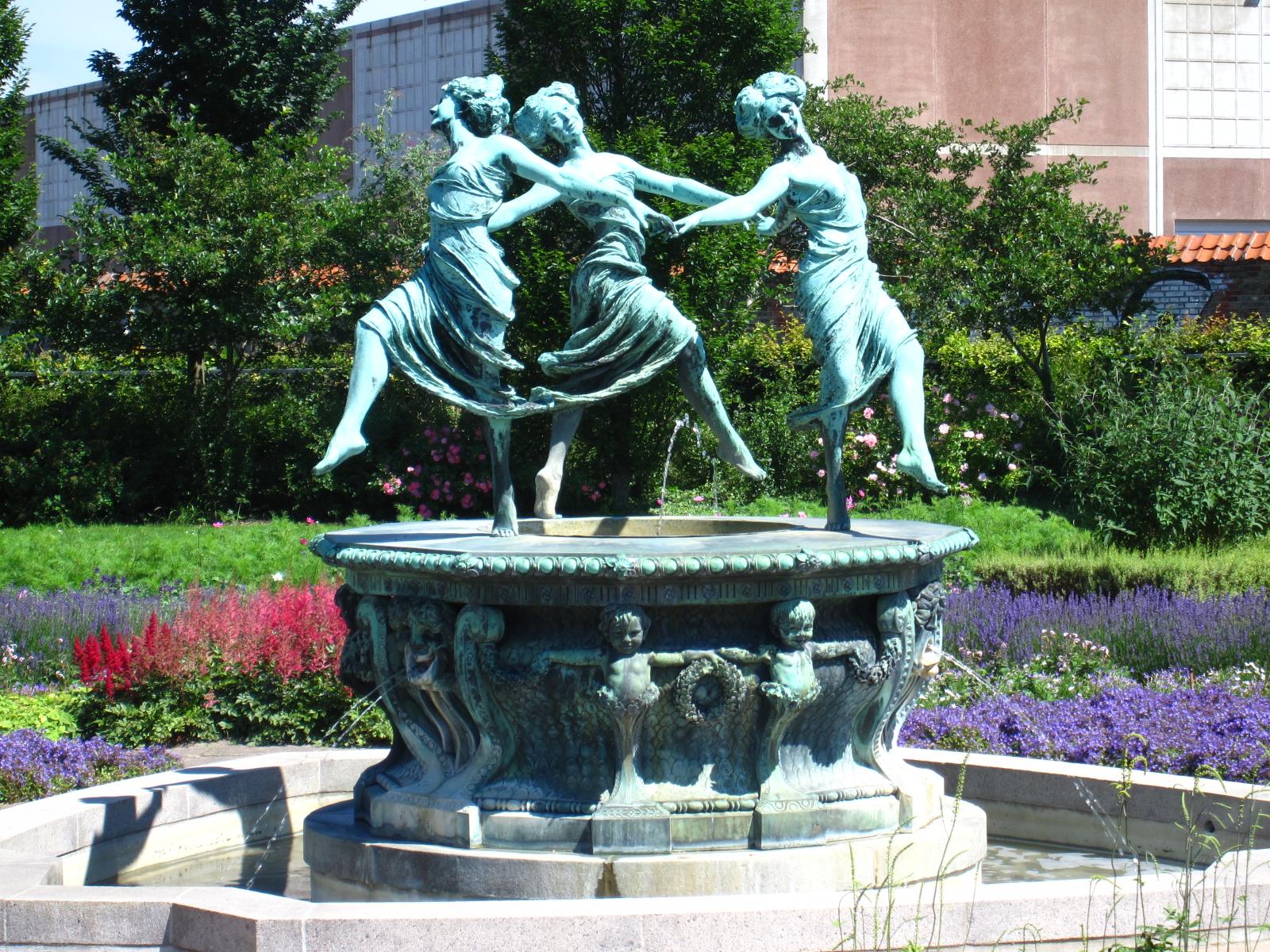
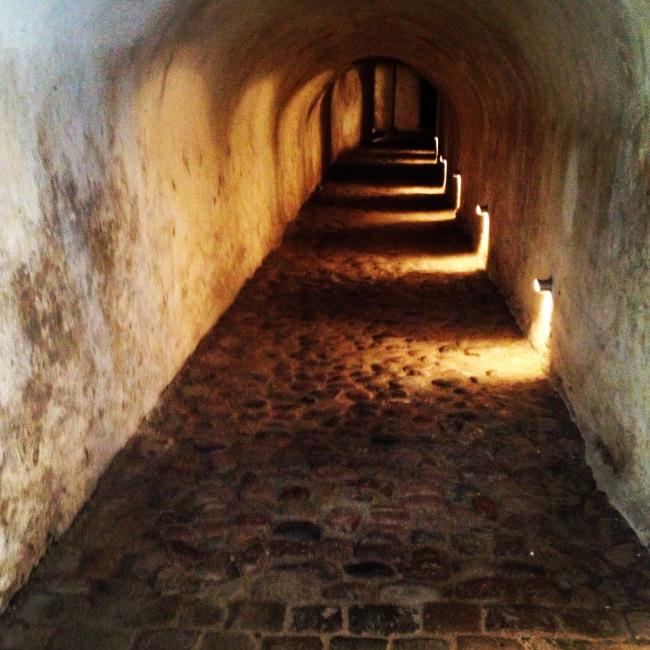
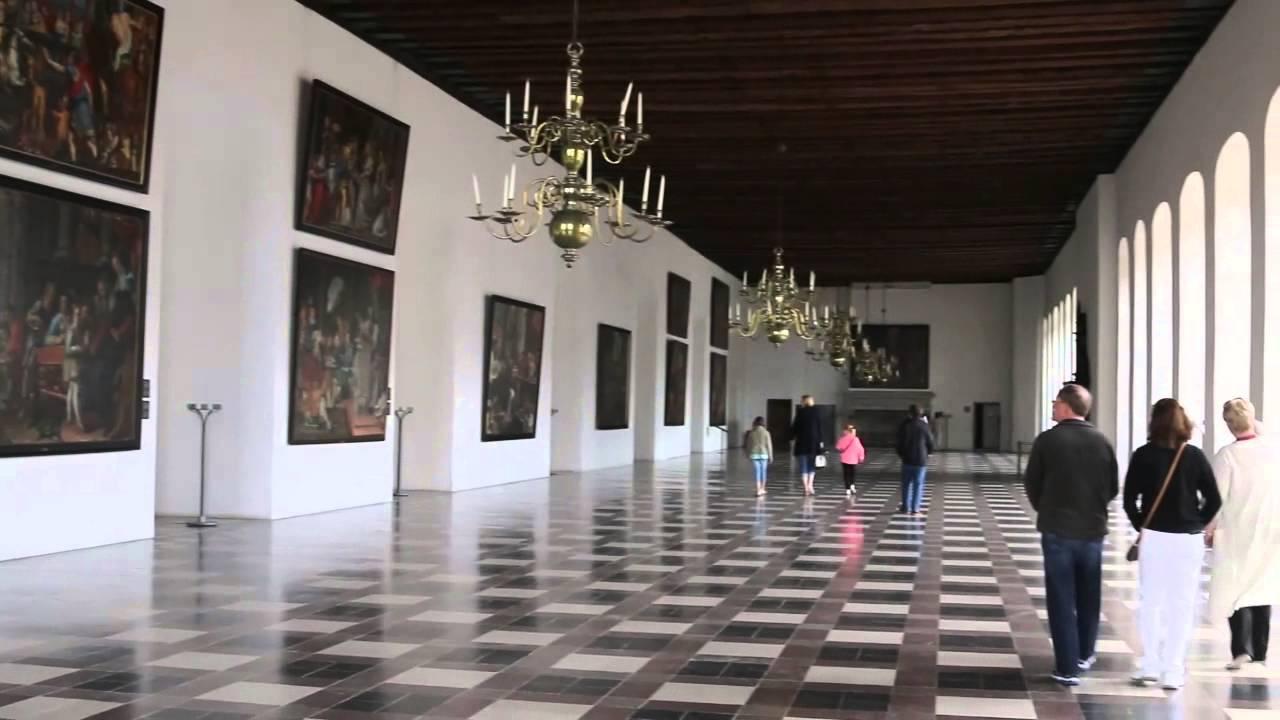
Be at Hamlet’s Castle
Looking across the narrow sound to Sweden stands the castle of Elsinor, the setting of Hamlet. Did Shakespeare visit Elsinor with a troupe of strolling players? The site of the castle by the sea, its magnificent rooms, the platform where the ghost could well have walked, all suggest that he drew on first-hand knowledge of the home of his tragic hero.
Did he really visit the Danish home of his most famous character? However, you have all the reason on earth to adore the haunting beauty of Kronborg, still living in its Renaissance style.
The approach to many of the world’s great sights is gloomy. You reach Versailles through the dingy suburbs of Paris and go to Gibraltar by way of one meanest town in Spain; even Rome’s miraculous Pantheon is entangled within cramped traffic-angry little street. But, the 28 miles from Copenhagen to Elsinore, along the blue waters of the Oresund, with its many ships and the coast of Sweden on the other side, is one of the most magic on earth. And at the end, is the soaring green roofs Hamlet’s castle.
The real Hamlet never saw Elsinor; he had been in his grave on the isle of Mors, in North Jutland’s beautiful Limfjord, nearly seven centuries before Kronborg Castle was built. His true name was Amleth and he was the only son of a tribal chieftain who had been murdered by his brother for both his power and his wife. The nineteen year old sailor prince realized he was in the way of his uncle’s schemes and would be the next to die, and he suddenly turned fox. He pretended to have lost his wits, sat all day in the ashes of the great fireplace, and made an idiot’s answer to all questions. But the usurper-chieftain’s personal bodyguards still has a warm fondness for Amleth and seemed to guess his secret.
One evening he got them all drunk and, while they slept, he stole a sword, sneaked into his uncle’s private quarter and killed him. Then he appeared before the people, told them the whole story of his patient cunning to avenge his father’s murder, and they joyously hailed him as their new chieftain.
It is a typical folk tale, barren of subtlety. There is no Ophelia. But Danes loved to tell their children about the wily young prince and how he triumphed, and the children loved to tell their children. For many generations it was a favourite.
During the next 300 years Denmark was converted to a new religion called Christianity, which tended to make men turn their back on their simple beginning. A Danish son of the ‘new enlightened’, Saxo Grammaticus, feared that the old hero legends of his land would be forgotten in the excitement about religion. So he collected the most famous and wrote them on parchment in distinguished Latin. On that he set down was the tale of young prince Amleth and his revenge. That was around 1200.
The tower of Kronborg still overlooks the strait as a commanding view of the opposite shore for the travellers and revealers to witness the living testimony from the pages of history, and its folklore, as well.
Are you interested to know more about the castle by the sea?
Let us hear from you at +91 33 4046 4646
As suggested and to be customized as per request

 Loading..
Loading..